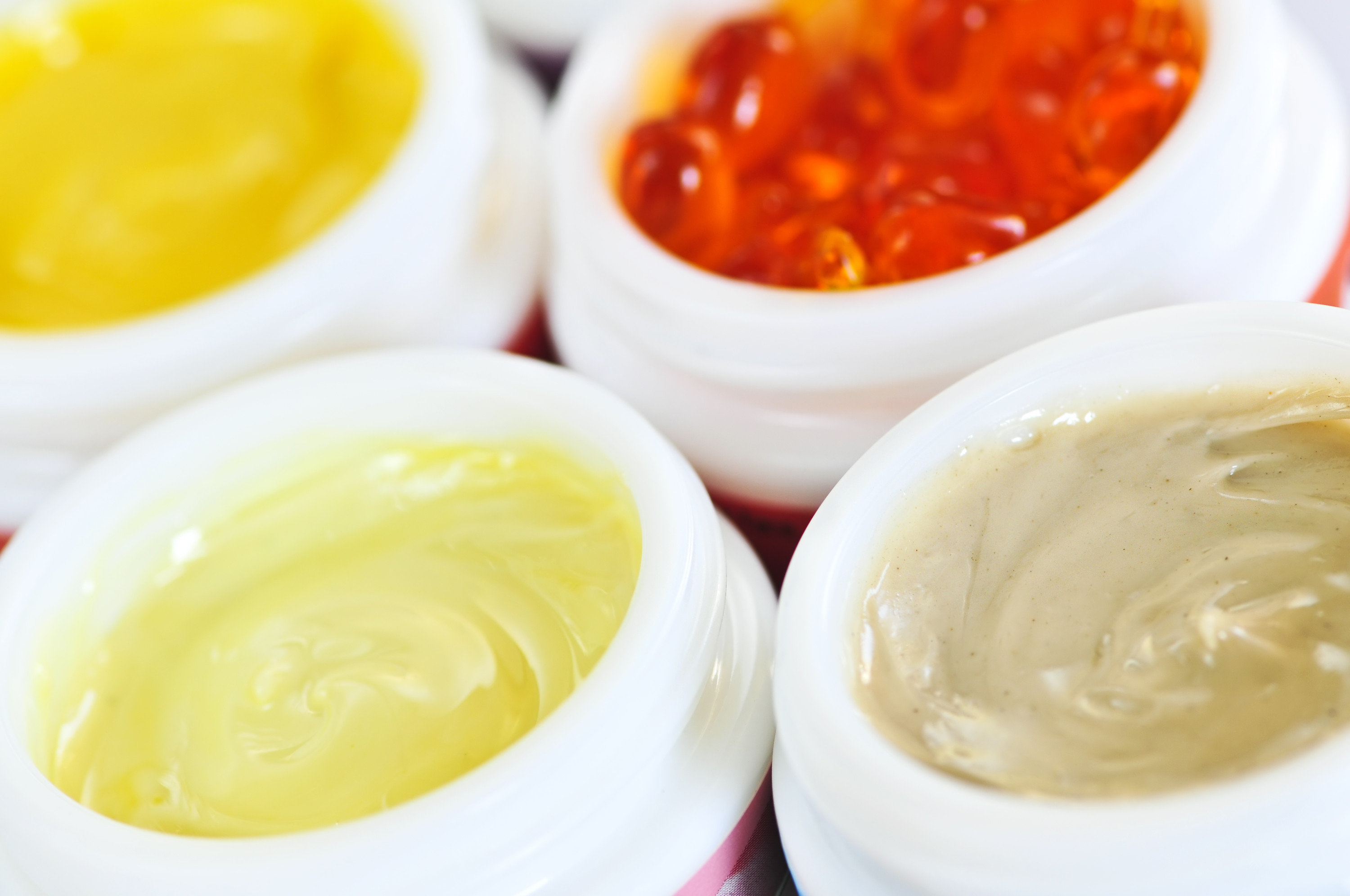Scar Treatments
-
Content written by Andrew Proulx, MD | Reviewed by EnhanceMyself Medical Team | Last updated 6/17/2023
- Overview
Overview
What people consider to be a “bad scar”- one that is very noticeable or disfiguring- forms when, for some reason, the skin cannot follow the normal blueprint for repair. This happens whenever a wound covers an area too large or deep for the skin to bridge normally. A bad burn, an exceptionally deep or extensive injury, and excisional surgery are all examples. Abnormally raised or red scars, which may form over a wound of any size or severity, occur when there is some glitch in the normal repair process.
Types of scars
The type of scar will determine which treatments will work best
Before deciding on a scar treatment, its important to first understand the type of scar you have.
There can be any number of causes, including medical conditions that interfere with a person’s individual wound healing mechanism, but some people simply heal poorly for no known reason. Whatever the cause, the effect is usually a depressed (atrophic) scar or an abnormally raised (hypertrophic) scar.
The following are the most common types of scars.
- Atrophic Scars: occur when new collagen does not grow back fully into a wound. The result is a depression or indentation in the skin. The most familiar examples of atrophic scarring are the pits and pockmarks left by acne or chickenpox.
- Hypertrophic Scars: result when the healing process after a skin injury gets stuck in its early stage of development (when new collagen is rapidly growing). The skin becomes raised or nodular (due to collagen proliferation) and colored an angry red (from excess blood vessels). These scars are often painful and itchy because of their involvement of small nerves in the area. They can occur anywhere on the body, but some areas are more prone to their development (mid-chest, breasts, upper back, shoulders).
- Keloids: are more extreme versions of hypertrophic scars, but unlike hypertrophic scars, keloids grow beyond the boundaries of the original injury. The scar tissue behaves almost like a tumor because of its wild overgrowth of collagen. Keloids are often hard to the touch, with irregular claw-like margins. They are more frequently found on people with darker skin and are commonly seen on the earlobes and neck.
Scar treatment options
A number of treatments can be used to treat scars. Treatments should be matched to the particular scar type:
- Topical silicone-containing gels: Some hypertrophic scars can be diminished (or even prevented in scar-prone individuals) with the regular application of over-the-counter silicone-containing gels or creams. The mechanism by which these products promote scar tissue shrinkage remains unknown, but is likely related in part by skin hydration. Most often, this method is only partially effective; scars either do not respond or grow back.
- Surgical Excision: This process involves cutting out the fibrotic tissue and stitching up the resulting wound in an attempt to create a smaller, less obvious scar. Regrettably, this process may result in the development of similar scars due to the abnormal healing response of the individual. In an effort to improve the results of re-excision, corticosteroid injections or laser treatment (below) can be applied.
- Corticosteroid injections: Direct injection of a hypertrophic scar or keloid with corticosteroids reduces inflammation and slows down collagen production (reducing itch and further scar growth). These injections cause tissue-shrinking of not only the scar, but adjacent tissues as well (and may cause an unwelcome skin indentation).
- Laser treatment: Hypertrophic scars and keloids are best treated with a Pulsed Dye Laser (PDL). The PDL, a vascular-specific laser, not only reduces the redness of a scar (by eliminating the excess blood vessels), but also reduces the scar’s itchiness, hardness, and size. Atrophic scars are best treated with another type of laser that resurfaces the skin’s surface by vaporizing or heating successive layers of the skin to create new skin underneath. The most recent skin resurfacing lasers employ a new, fractionated delivery technology.
If your unhappy with your scar, make sure to schedule a visit with a doctor who will be able to determine the best treatment option to pursue.
Cost of scar removal treatments
The cost of scar treatments can vary widely depending on the type of treatment and the size of the scar and number of treatments needed.
- Topical silicone-containing gels: Over the counter products usually range from $15 to $30.
- Surgical Excision: $250 to $750 per scar.
- Corticosteroid injections: Cortisone injections average $100 to $150 per session.
- Laser treatment: Laser treatments can cost between $300 to $3,000 per session.
To get a better idea of the cost to remove your scar, set up a consultation with a qualified doctor. The best types of doctors for this treatment are dermatologists or plastic surgeons.
EnhanceMyself.com relies on sources such as professional medical organizations, government agencies, academic institutions, and peer-reviewed scientific journals to write it’s articles. Learn more about how we ensure our content is accurate, in-depth, and unbiased by reading our editorial guidelines.
*Medical Disclaimer: This website does not provide medical advice. Read more.




